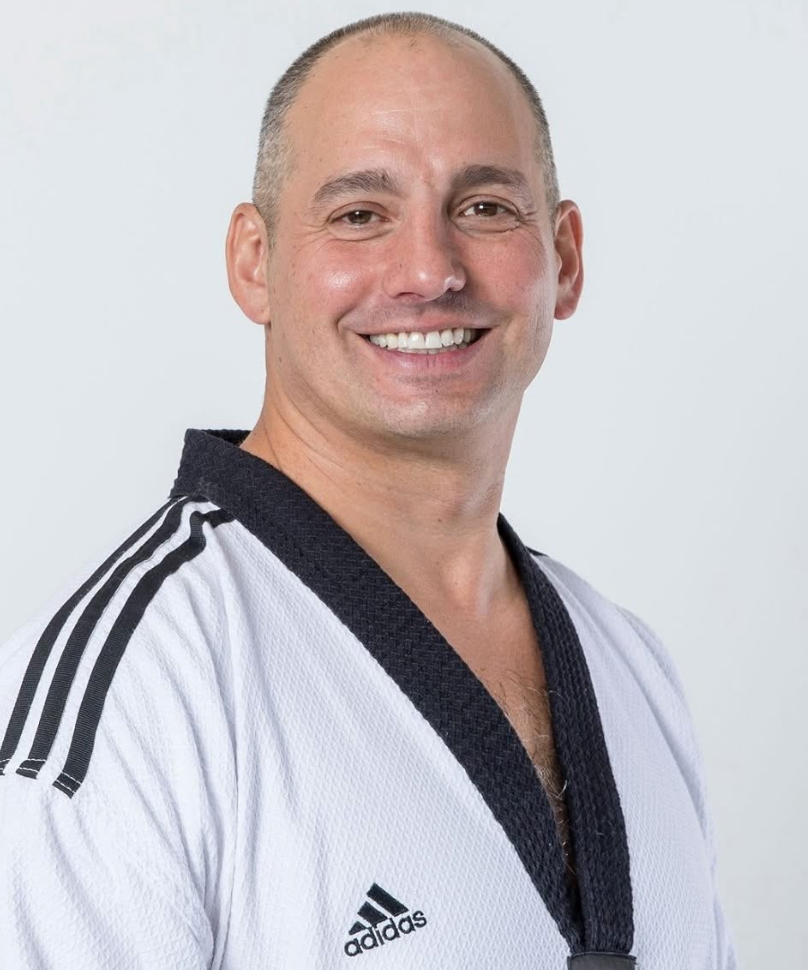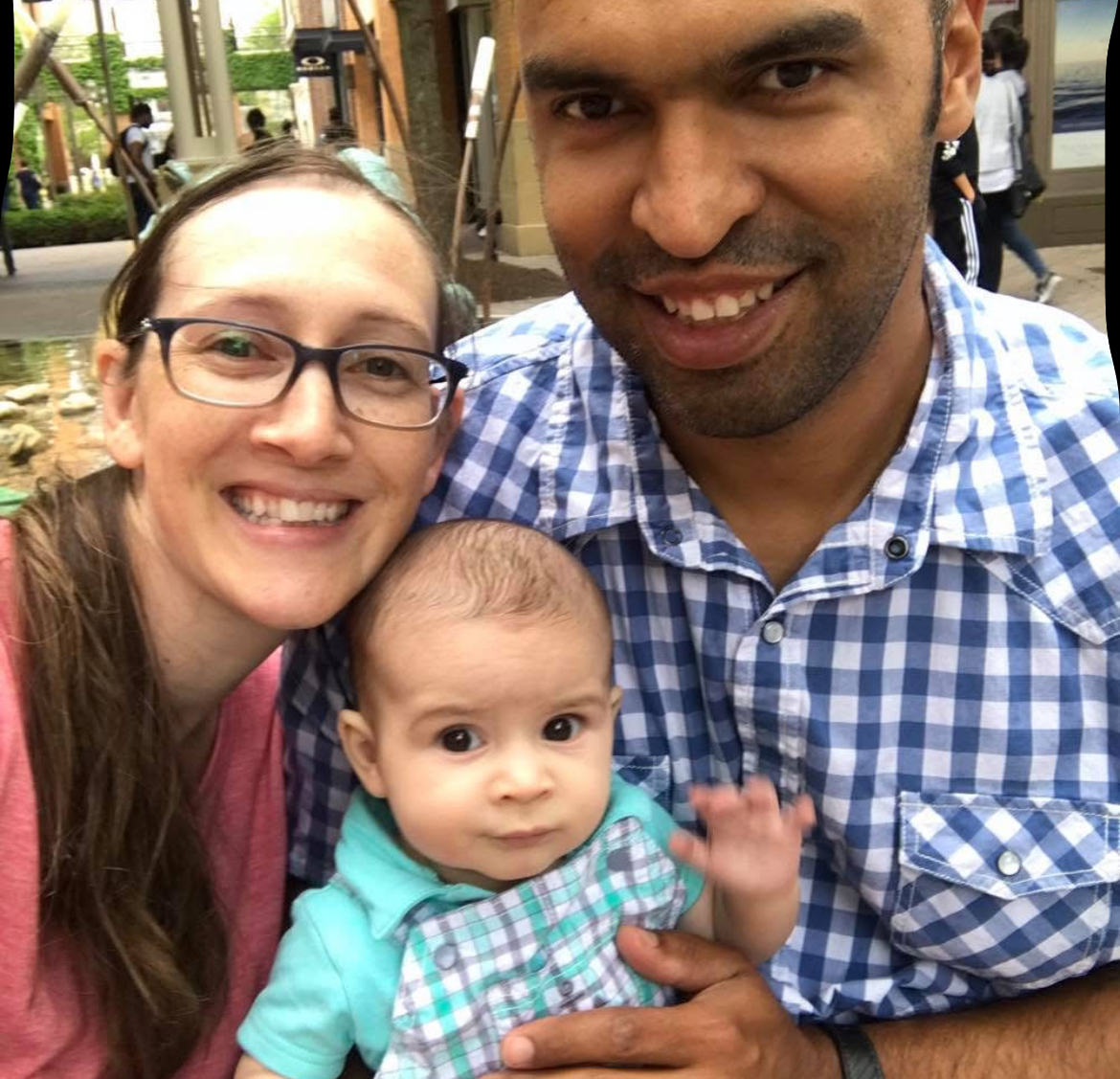“You fight like a girl.”
“You can do ‘girl push-ups’ if you have to.”
“Here’s extra padding for your sparring gear.”
“Are you sure you’re strong enough? We can find a smaller board for you.”
These comments are nothing new to most cis-female martial artists. Even if they are not directly meant to be degrading in nature, they still resurface preconceived notions that women in martial arts are not as strong, fast, or skilled as their cis-male counterparts.
It is a notion that many people do not address, especially when they do not identify as female. But, it is understandable that one would not want to bring up something that can potentially hurt or make people upset. However, things such as this (the gender gap and the physical differences) are necessary in order to overcome these false ideals, and to combat those who subconsciously believe this still.
The argument that women are simply physically ‘different’ than cis-males is not valid, since these ‘weaknesses’ can just as easily be considered strengths. A smaller person actually has an advantage over a bigger or taller person in sparring, despite popular belief. This is because smaller competitors can get their opponents tied up, and take advantage of their ability to duck hits and step out of their opponents’ range. The “figure” that society likes to consider to be a weakness is actually an advantage.
“Although my sensei is very supportive of us girls in the class, there is still a divide between us and the other guys,” Alexis Stratman (‘22), Hapkido practitioner, said. “We stand in a group, spar each other, and meet each other after school; and even though we’re friends with the guys at karate, there still seems to be a separation between us. But, it shouldn’t be like that. We should learn and grow in the beautiful art together.”

However, it is true that as time goes on, more and more people learn to accept all people as martial artists, whether it be the difference of size or power, gender or disability. But these ideals take time to accept, especially coming from a time when women in martial arts were very rare.
According to a recent study, the martial arts instructor workforce in America reached 13,025 in 2020. Among these martial arts instructors, 21.2% of them are women, while 74.6% are men. This could change in the future, studies show, because of the popularization of martial arts in recent years.
“I wish there were more female martial arts instructors,” Annabelle Krnotch (‘24), a student of American Kenpo Karate, said. “There needs to be more inclusivity, and it makes me feel so empowered when a fellow woman is teaching me. She gives me confidence.”
Ability has nothing to do with this lack. This statistic is simply because women in martial arts are underrepresented and underestimated. They feel that no one would listen to them even if they were to try to open a dojo.
“The first person to ever beat me in a sparring match was a girl,” boxer Bradley Baita (‘23) said. “She was shorter and younger than me, and I expected the match to just be a warm-up, but I was totally wrong in thinking that. She was a monster! That was the last time I ever underestimated someone in training.”
So what will solve this problem? Boldness. Bravery. Just as martial arts teaches confidence, women in martial arts should get more involved and take the first steps in finding equal status.
Women are not weaker, slower or less capable of fighting than a man or anyone else. If anything, women are equal to everyone else, if not better.
“Fight[ing] like a girl” should be a compliment and testimony of the hard work a woman endures in order to excel in martial arts.
As a martial arts instructor, it is justifiable that it should be called ‘modified push-ups’, since everyone is a beginner or cannot do a full push-up, regardless of their gender.
Women can take a hit just well as anyone else.
The board will shatter and break just as easily as the incorrect and uneducated assumption that women in martial arts are not as powerful.
This story was originally published on The Tribe on May 21, 2021.





















